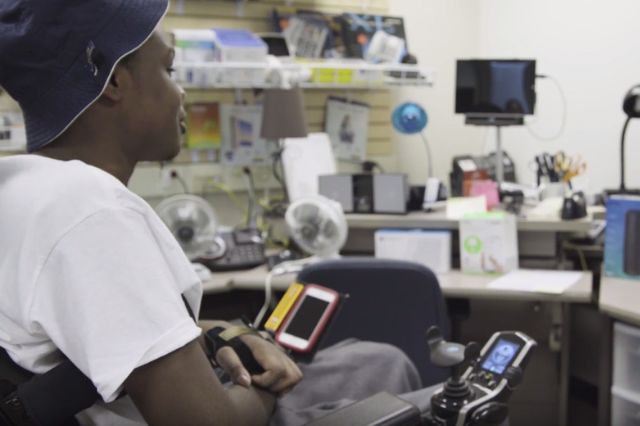What is a Chronic Wound?
Understanding the causes and impact of non-healing wounds
Medically Reviewed by Dallin Lindahl, M.D.
The process of wound healing is an essential aspect of the body’s natural response to injury. Typically, the body initiates this process immediately, with healing progressing steadily in the following days and weeks.
If the body fails to show signs of wound improvement within the initial two weeks or has not completely healed in six weeks, it is considered a chronic or non-healing wound. Various factors can contribute to this delayed healing, including poor circulation, paralysis, sensory impairment, or other underlying medical conditions.
When chronic wounds remain untreated, they pose significant risks, potentially leading to illness, limb loss, or hospitalization. Timely and effective wound care is critical to mitigate these potential complications.
What Causes Chronic Wounds
Chronic wounds can result from a variety of factors, and the causes are often interconnected. Your ability to heal can be affected by a traumatic injury or neurological condition, and people who have paralysis, limited mobility, or minimal consciousness are often at more risk for developing chronic wounds. Additional factors that can contribute to the development of non-healing wounds include:
- Poor circulation
- Prolonged periods of inactivity or immobility
- Underlying health conditions
- Nerve damage
- Muscle atrophy
- Repeated trauma
- Weakened immune system
- Inadequate nutrition
- Diabetes
- Pressure on a specific area
Signs and Symptoms of a Non-Healing Wound
Wounds are a frequent secondary complication for people with the most complex conditions, including spinal cord and brain injuries, multi-trauma, traumatic amputations, stroke, multiple sclerosis, and pain. Non-healing wounds present a range of symptoms that can vary from person to person. Common symptoms that may arise include:
- Persistent and increased tenderness or pain in the wound area.
- Increased inflammation, swelling, or redness surrounding the wound.
- Changes in skin color or discoloration near the edges of the wound, typically presenting as a dark or bluish color.
- Increased drainage from the wound and/or a noticeable odor.
- Lack of progress in wound healing despite conventional wound care.
Common Types of Non-Healing Wounds
Pressure ulcers
Pressure ulcers, also called pressure injuries, pressure sores, or bedsores, are localized injuries to the skin or the underlying tissue. This can include injury to the skin, muscle, or bone. Common triggers for pressure ulcers may stem from wheelchair positioning, prolonged exposure to skin moisture, or recurrent pressure, such as bumping the elbow against an armrest multiple times a day.
Post-surgical wounds
Post-surgical wounds are injuries or incisions on the skin and underlying tissues that result from surgical procedures. These wounds occur as a natural part of surgery from cuts or incisions and can vary in size and complexity depending on the type of surgery performed.
Wounds from trauma
Traumatic wounds are any cut, laceration, skin tear, or puncture wound leading to damage to both the skin and underlying tissue. Traumatic wounds are a type of sudden or unplanned injury that can occur after an accident, incision, scraping of the skin, act of violence, or animal bite.
Vascular wounds
Vascular wounds develop because of poor blood flow in the arteries and veins. These wounds are frequently found on the extremities, particularly the lower legs and feet. Vascular wounds may manifest in various forms due to reduced mobility, impaired sensation, spasticity, or compromised immune function.
Diabetic wounds
Diabetes wounds, also known as diabetic foot ulcers, are primarily caused by complications related to diabetes, particularly in the lower extremities. Causes of diabetic wounds include poor blood circulation, compromised immune function, poorly fitting footwear, or nerve damage in the feet and legs.
Minor burns
Minor burns, commonly referred to as first-degree burns, are localized injuries affecting a small area of the skin resulting from exposure to heat, chemicals, or electricity. These burns are identified by red, unblistered skin and can be caused by various sources, including hot liquids, sun exposure, frostbite, stoves, or contact with a rough surface such as a carpet.
When to See a Wound Care Specialist
Chronic wounds require specialized attention and treatment from physicians and specialists who are knowledgeable and certified in wound care. The longer a wound goes without proper treatment, the greater the risk of infection, hospitalization, or even amputation.
At the Wound Clinic at Shepherd Center, we specialize in comprehensive wound care. Our specialists go beyond conventional wound care, providing personalized and compassionate support throughout every phase of the wound healing journey -- from prevention to medical management, treatment, and ongoing follow-up care.





